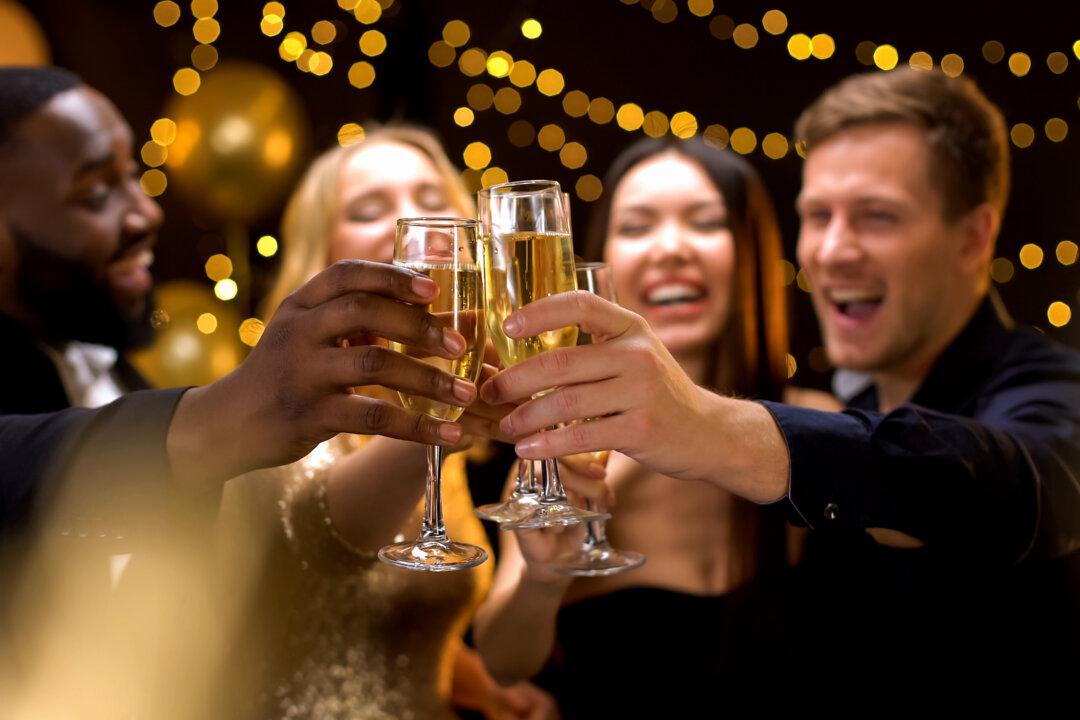As we approach a series of holidays that call for celebratory beverages, most of which will include alcohol in one form or another, the risk of overindulgence often is ignored.
In the quest to find liquids that will impress others, some hosts are more interested in putting forward an impressive list of wines. In doing so, they usually, unfortunately, ignore the reality that intoxication definitely is a risk.





